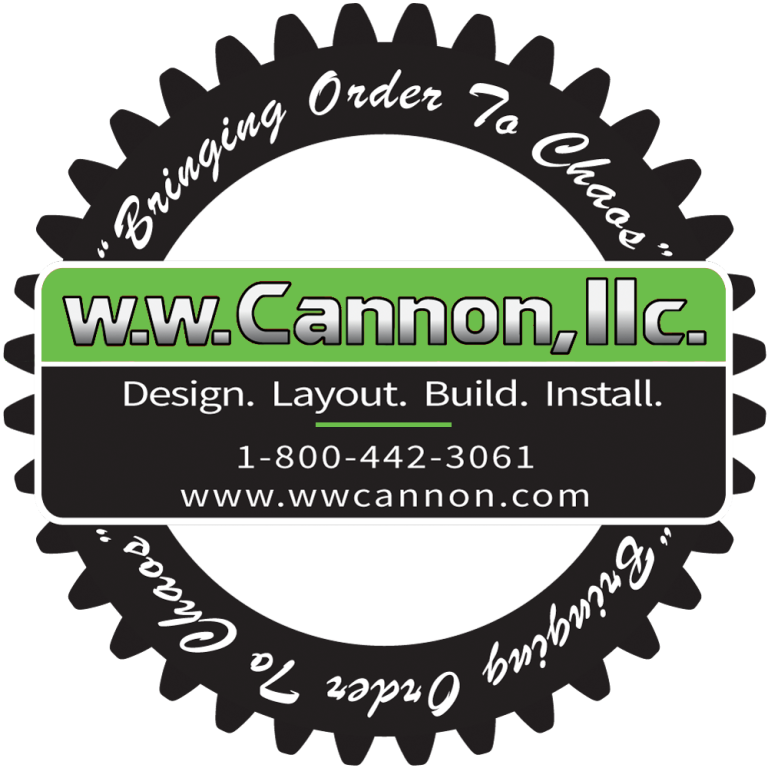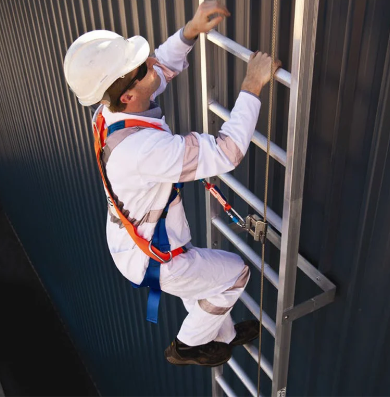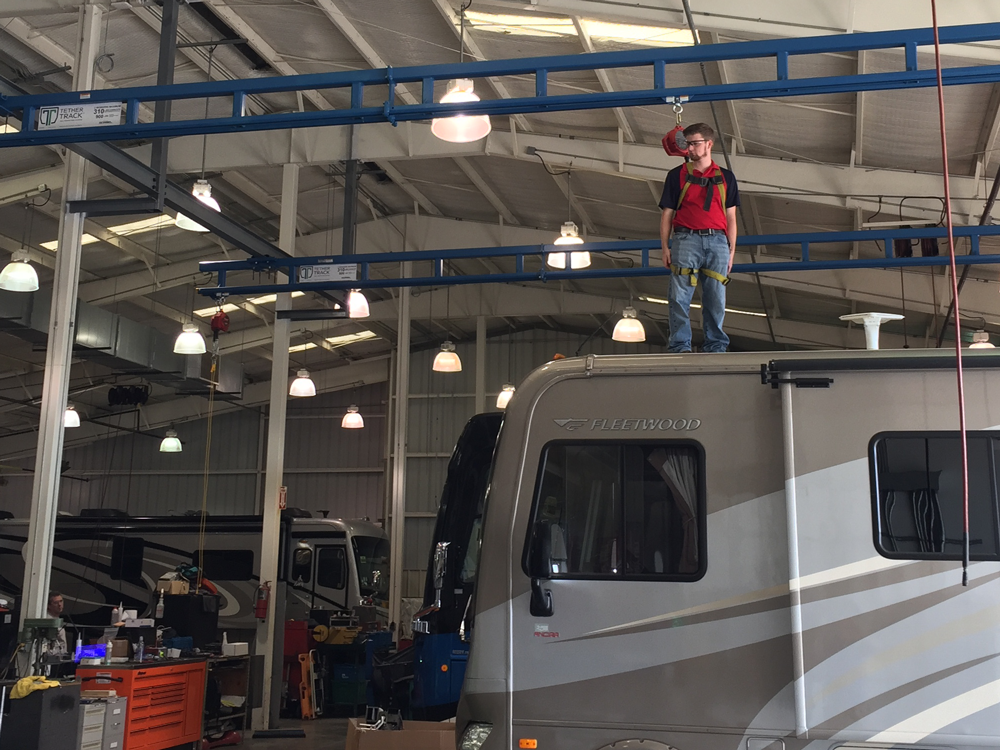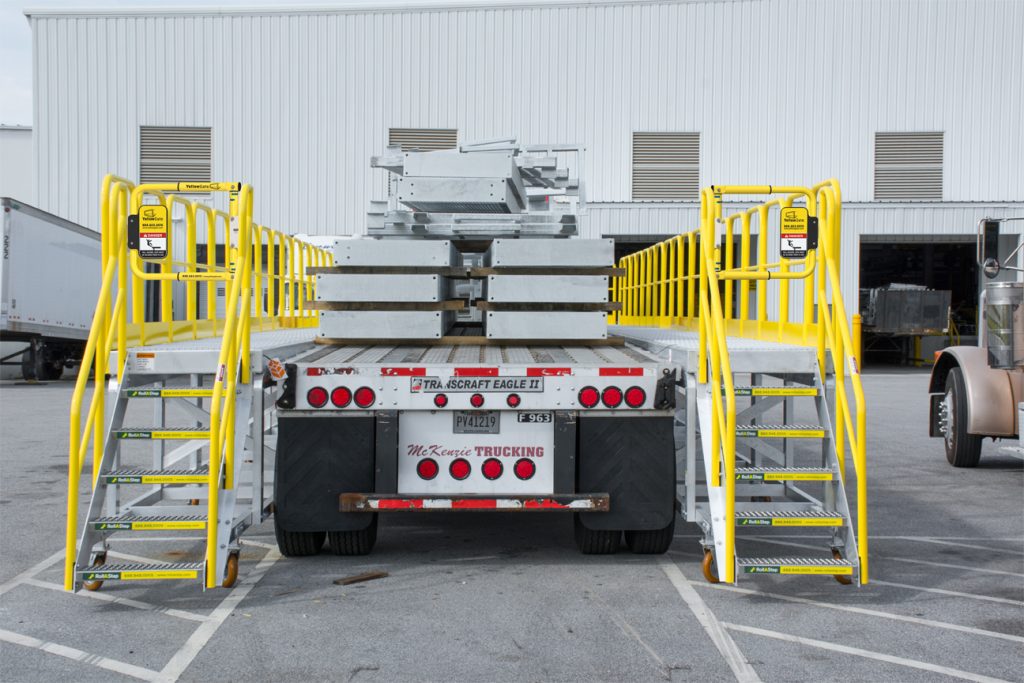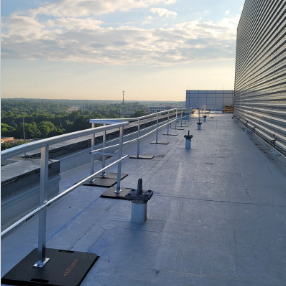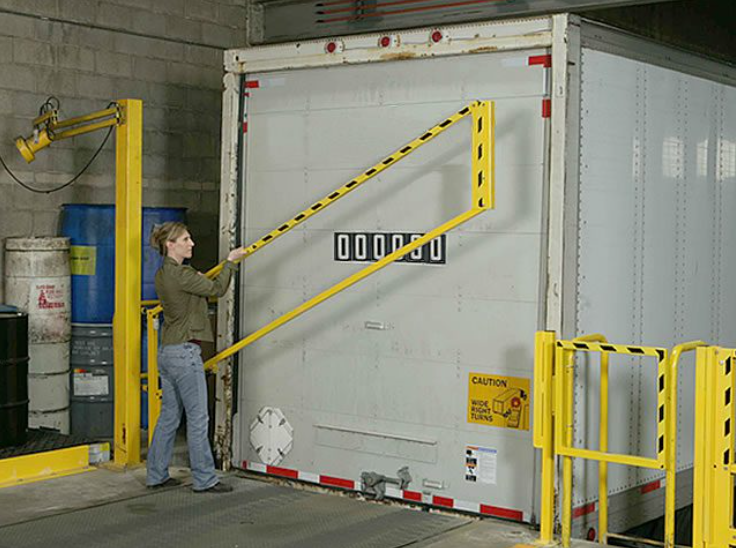Fall Protection & Height Access
Elevate Safety With Our Fall Protection and Height Access Systems
Securing Your Facility with Fall Protection & Height Access Solutions
Protect your workforce with reliable fall protection and height access solutions. At W.W. Cannon, we provide OSHA-compliant systems to secure elevated work areas, reduce risk, and maintain operational safety across rooftops, warehouses, and loading docks.
Types of Fall Protection and Height Access Solutions We Offer
Securing Your Facility with Fall Protection & Height Access Solutions
Climbing fixed ladders is high-risk. Our ladder fall protection and height access systems include integrated rails, harnesses, and anchor points to ensure safe vertical movement and reduce fall hazards.
Overhead Fall Protection for Industrial Work
Equip your facility with Gorbel Tether Track™ Rigid Rail Systems—engineered for safe overhead access during maintenance, inspection, and assembly.
Enhance your fall protection system with a Recovery Trolley for quick, compliant worker retrieval after a fall.
Rooftop Fall Protection and Access
Guard your rooftop crew with a full suite of fall protection and height access systems:
Mobile anchor points
Rooftop walkways & warning lines
Guardrails, handrails & skylight protection
Safe rooftop hatch access
Permanent or mobile options available to fit your building and budget.
Flatbed Height Access and Fall Protection
Prevent falls during flatbed loading and unloading with specialized overhead anchor systems and mobile platforms. Maintain compliance and protect your crew during transport operations.
Guardrails, Railings, and Handrails
Install critical fall barriers along elevated work areas, stairs, walkways, and mezzanines. Guardrails provide structural height access safety to prevent falls at edge zones.
Utility Access and Hatch Protection
Protect workers at utility holes, maintenance hatches, and other vertical openings. Our height access systems offer secure entry and fall prevention around high-risk access points.
Access Point Safety Gates
Secure common hazard zones—mezzanines, ladder openings, loading docks, and pallet drop areas. Our fall protection gates restrict unguarded access and ensure controlled entry at height.
Full-Service Fall Protection Experts
W.W. Cannon delivers turnkey fall protection and height access systems: from site assessment and product selection to professional installation and service.
Let’s secure your facility—contact us today.
Product Documents
Preferred Suppliers





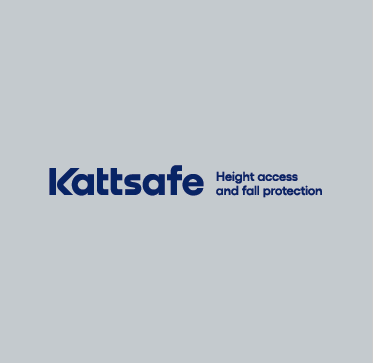


.
Schedule Your Consultation with Our Experts
W.W. Cannon’s Turnkey Service Solutions result in a strong return on your investment. Get in touch with one of our specialists today for a complimentary consultation. We’ll answer any questions you have and help you plan your next steps.
